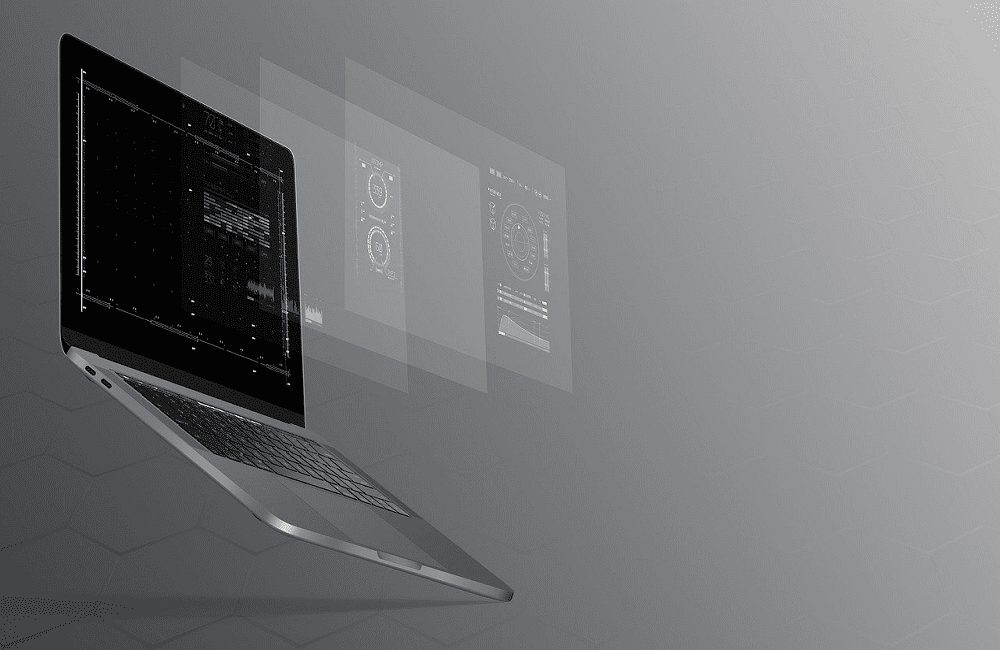Well, if you need a straightforward answer, it may take you one to two months to learn Power BI entirely. However, the number of days a person takes varies according to several factors. This article makes you familiar with those factors and how much time you will take to master Power BI based on them.
For example, taking a Power BI course online will help you master the tool faster. But first, let us discuss what Power BI is all about and why you should be learning it.
An Introduction to Power BI
If you have worked with data, you can understand the importance of tables and spreadsheets. They make the data more organized and accessible. But if you want to derive some insights from them, then even tables seem difficult to work with. You may head over to drawing charts and graphs to get a better picture of what the data try to infer.
Now, converting a small amount of data into appealing bar graphs and maps is easy, but what if you are dealing with big data? Well, big data refers to a massive amount of data generally characterized by high volume, variety, and velocity. Traditional database management systems fail to handle such kinds of data.
We need powerful tools to draw meaningful conclusions from big data. This is where Power BI comes into the picture. The tech giant Microsoft has designed this advanced data visualization tool. This is how Power BI is defined on the Microsoft website:
Power BI is a collection of software services, apps, and connectors that work together to turn your unrelated sources of data into coherent, visually immersive, and interactive insights.
In other words, Power BI can collect data from a variety of sources and transform them into interactive dashboards and visualizations. Data professionals can also create a report using Power BI and share it with stakeholders so that they can make more informed decisions.
As you begin your journey to learn Power BI, one key skill to acquire is understanding how to retrieve data from various sources through APIs. By learning how to get data from Power BI via an API straight from the source, you’ll be able to integrate and visualize data from a wide array of platforms, including social media networks, web applications, and databases.
This knowledge will enable you to create even more compelling and insightful visualizations, helping your organization to identify trends, discover patterns, and make data-driven decisions. With consistent practice and dedication, you’ll become proficient in using Power BI to connect to and analyze data from multiple sources, ultimately enhancing your ability to tell powerful stories through data visualization.
Today, Power BI has become a go-to business intelligence and analytics solution for organizations across the world. In fact, Gartner named Microsoft Power BI a ‘Leader’ in its 2021 Magic Quadrant for Analytics and BI Platforms. Power BI has helped around 250,000 organizations, along with 97% of Fortune 500 companies, to drive a data culture.
The platform offers three basic elements, namely:
- Power BI Desktop (it is basically a Windows desktop application)
- Power BI Service (it is an online Software as a Service – SaaS)
- Power BI mobile apps (applicable for iOS, Windows, and Android devices)
As described above, you can use Power BI on any device you want. A desktop application is useful if you don’t have any data on the cloud, meaning it is on-premises. Power BI Service is better if you want to import data from the cloud and create reports that can be shared across the organization.
A mobile app is created so that you don’t miss out on any important information when you are not around your system.
Apart from these three elements, you should know about two other components:
- Power BI Report Builder
- Power BI Report Server
How Long Does it Take to Learn Power BI?
Earlier, we mentioned that learning Power BI depends on a number of factors. These include your qualifications, prior work experience, familiarity with Microsoft products, and what type of data your organization deals with.
Learning Power BI becomes easier if you are from a technical background, have worked with simple data visualizations before, and your current role involves working with Microsoft products. It will take around one month to learn Power BI if you fit the given criteria. If not, it may take a bit longer (around two months) to use Power BI effectively.
Microsoft itself offers a number of training modules to help you kickstart your Power BI journey. Some of the modules you can follow step wise are:
- Introduction to Power BI
- Clean, transform and load data in Power BI
- Get data in Power BI
- Model data in Power BI
- Prepare data for analysis
- Use visuals in Power BI
- Explore fundamentals of data visualization
- Create and use analytics reports with Power BI
- Introduction to creating measures using DAX in Power BI
- Optimize a model for performance in Power BI
- How to build a simple dashboard
- Design a data model in Power BI
Likewise, there are more modules you can cover to learn Power BI. The above list is just for reference and you may not necessarily follow it the same way. You can cover only those features that are useful in your organization.
If an independent study is not something that you are comfortable with, then you can also take an online Power BI training course. Online courses are available right from the beginners’ level to advanced concepts. If you are just starting to learn Power BI, then you can also enroll in a free course, like Simplilearn’s (SkillUp) Power BI for Beginners. With 6 hours of in-depth video modules, you can learn about this data visualization tool from scratch and also achieve a course completion certificate at the end.
Lastly, you can choose any mode of learning based on your interests and master Power BI. The knowledge of this tool is highly valued for many data roles.

